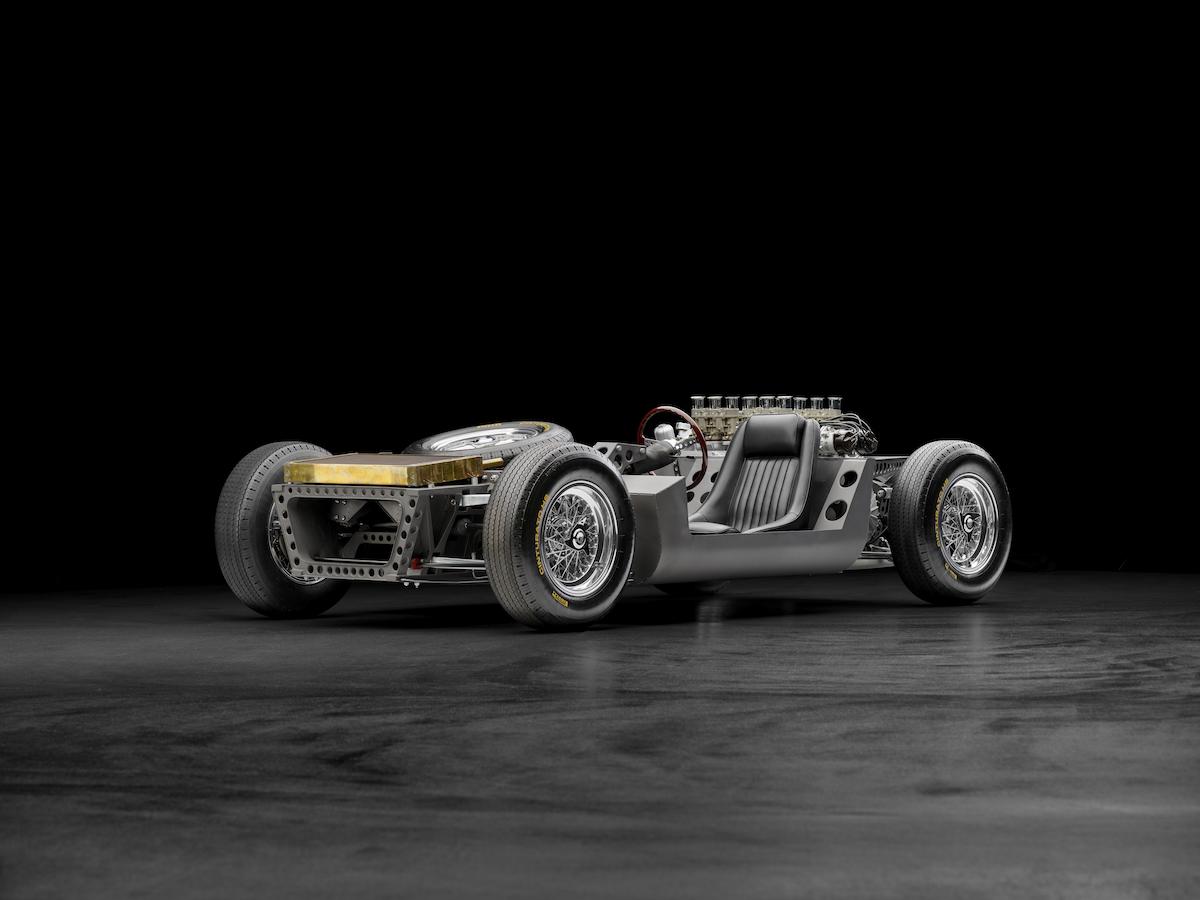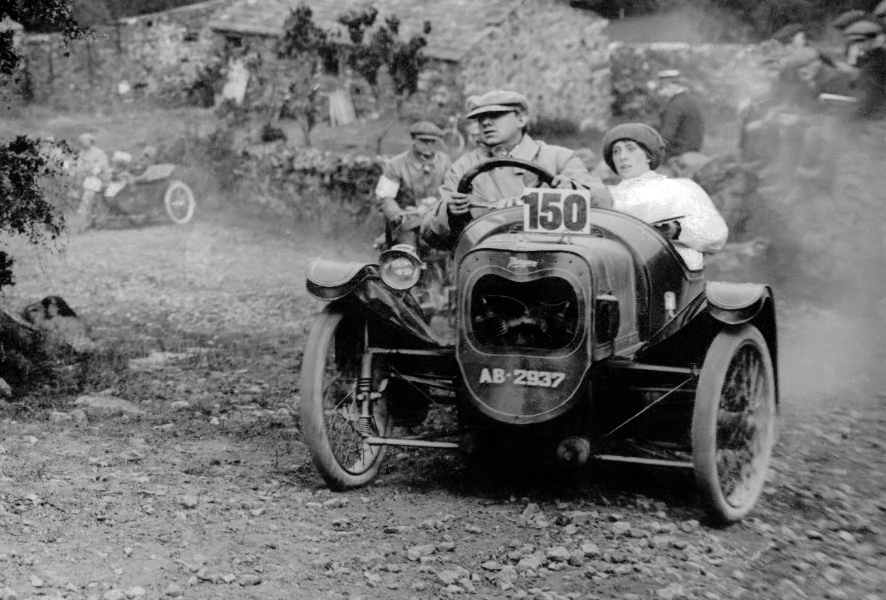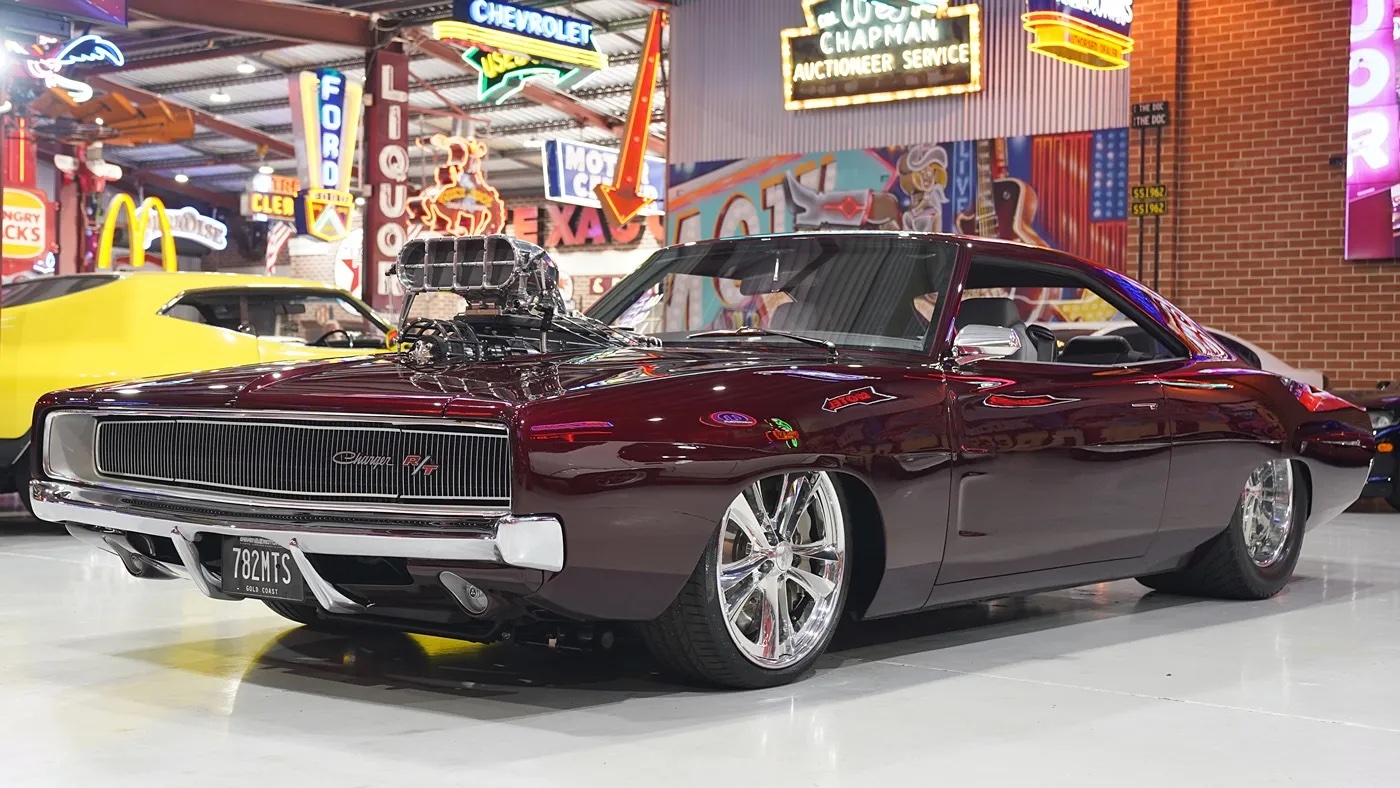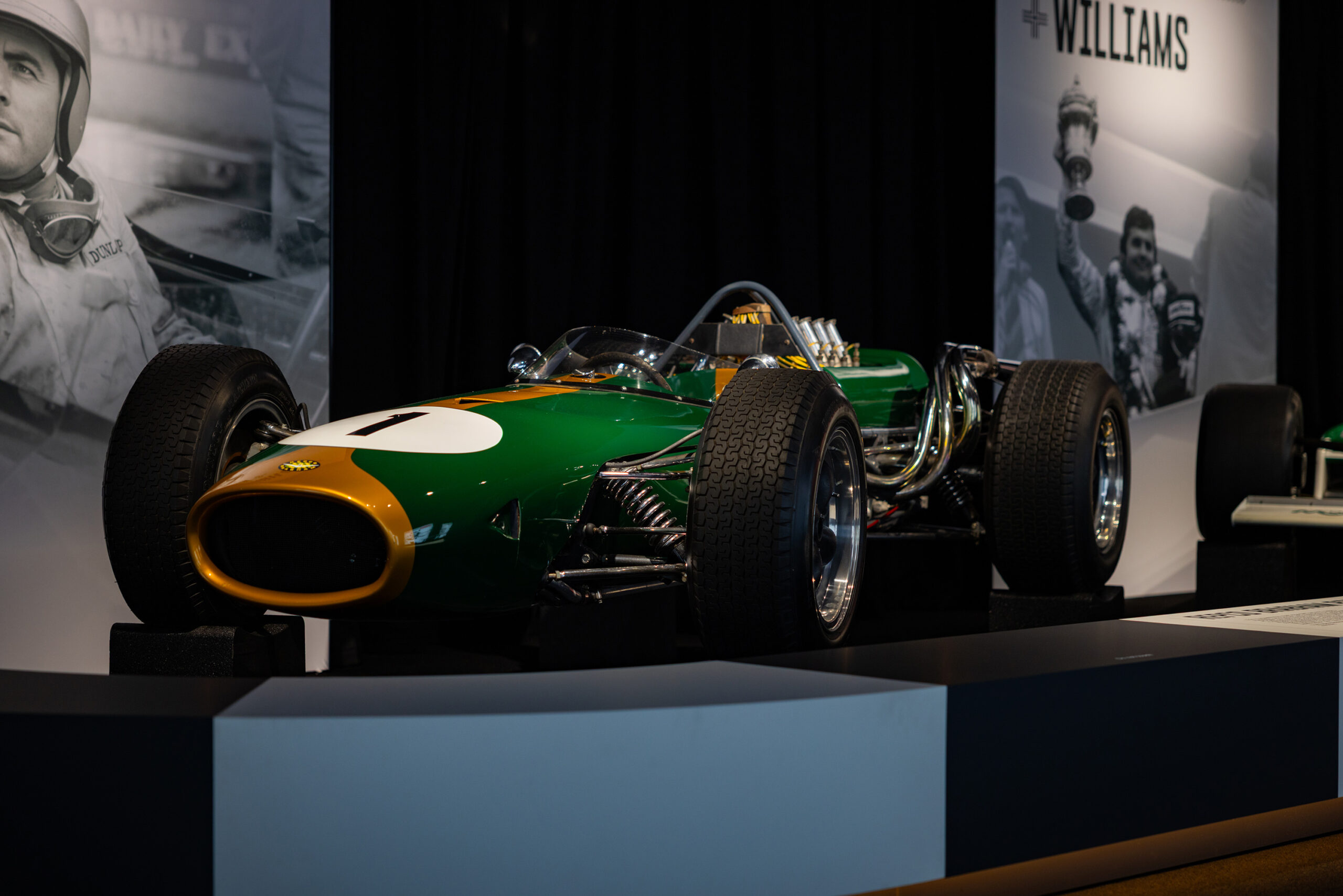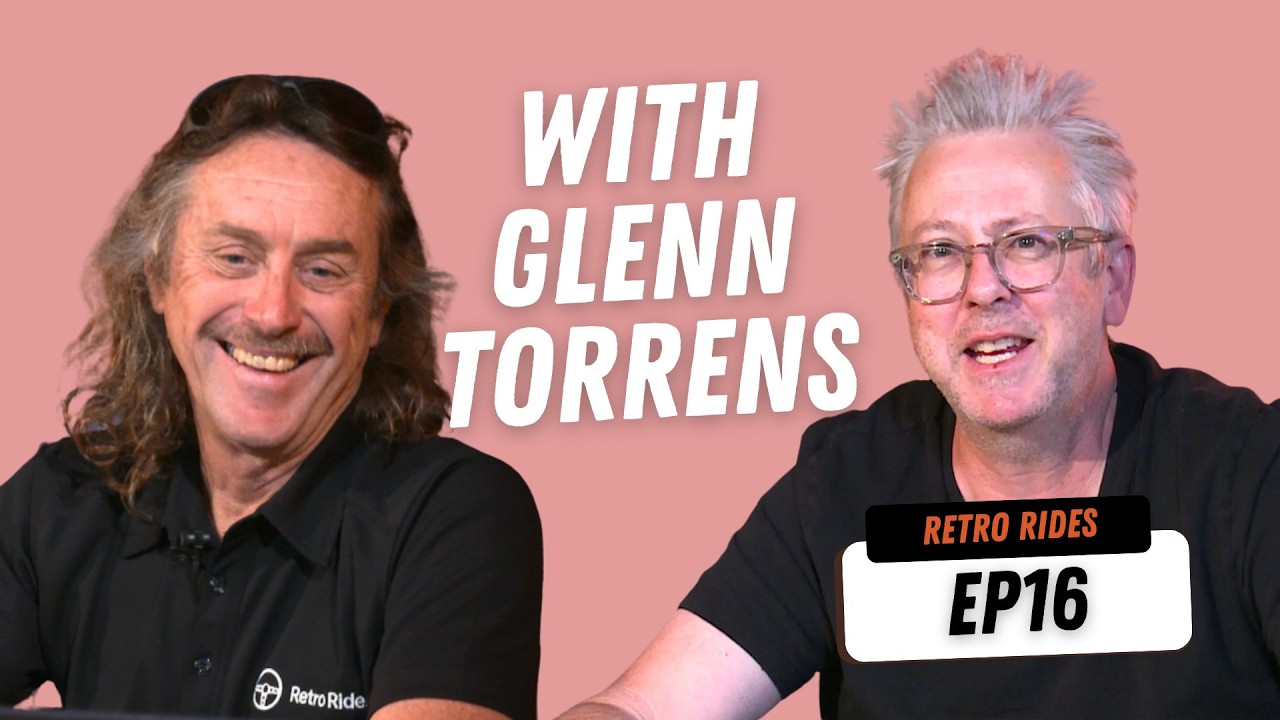Retro Rides Presents Ford Falcon: How Fudging the Numbers Made the XA Hardtop a Reality
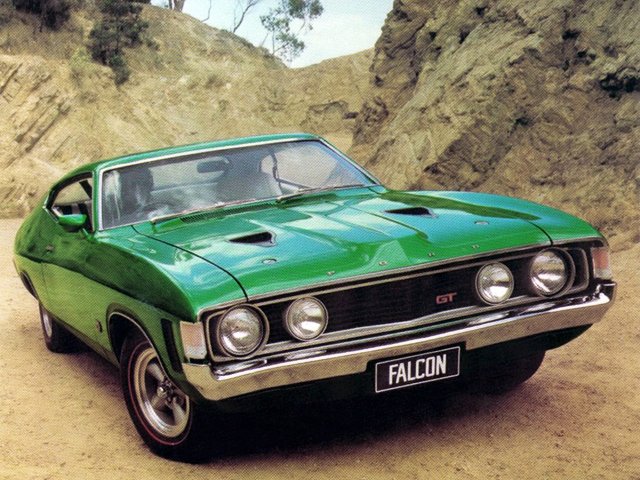
 + 1 Photos
+ 1 Photos

More in
Retro Rides Originals
It’s just over 50 years since the slab-sided Volvo 200 Series first arrived in Australia, bringing with it a fascinating…
Ordinarily, when a car company plans on revealing its latest creation to the world at a prestigious auto show, a…
With their unusual three-wheel design and V-twin motorcycle powerplants delivering potent power-to-weight ratios, Morgans were renowned as motor racing weapons…
More in
Aussie
If you wanted to sell a special car or add something significant to your automotive collection, Queensland was the place…
Repco is set to honour one of Formula 1 racing’s most important figures during 2026, with three Brabham-centric anniversaries on…
On the latest episode of The Retro Rides Podcast, Rich catches up with legendary Aussie motoring journalist and Retro Rides
Get the latest from Retro Rides
Sign up for the latest in retro rides, from stories of restoration to community happenings.
By clicking Subscribe you’re confirming that you agree with our Terms and Conditions.


